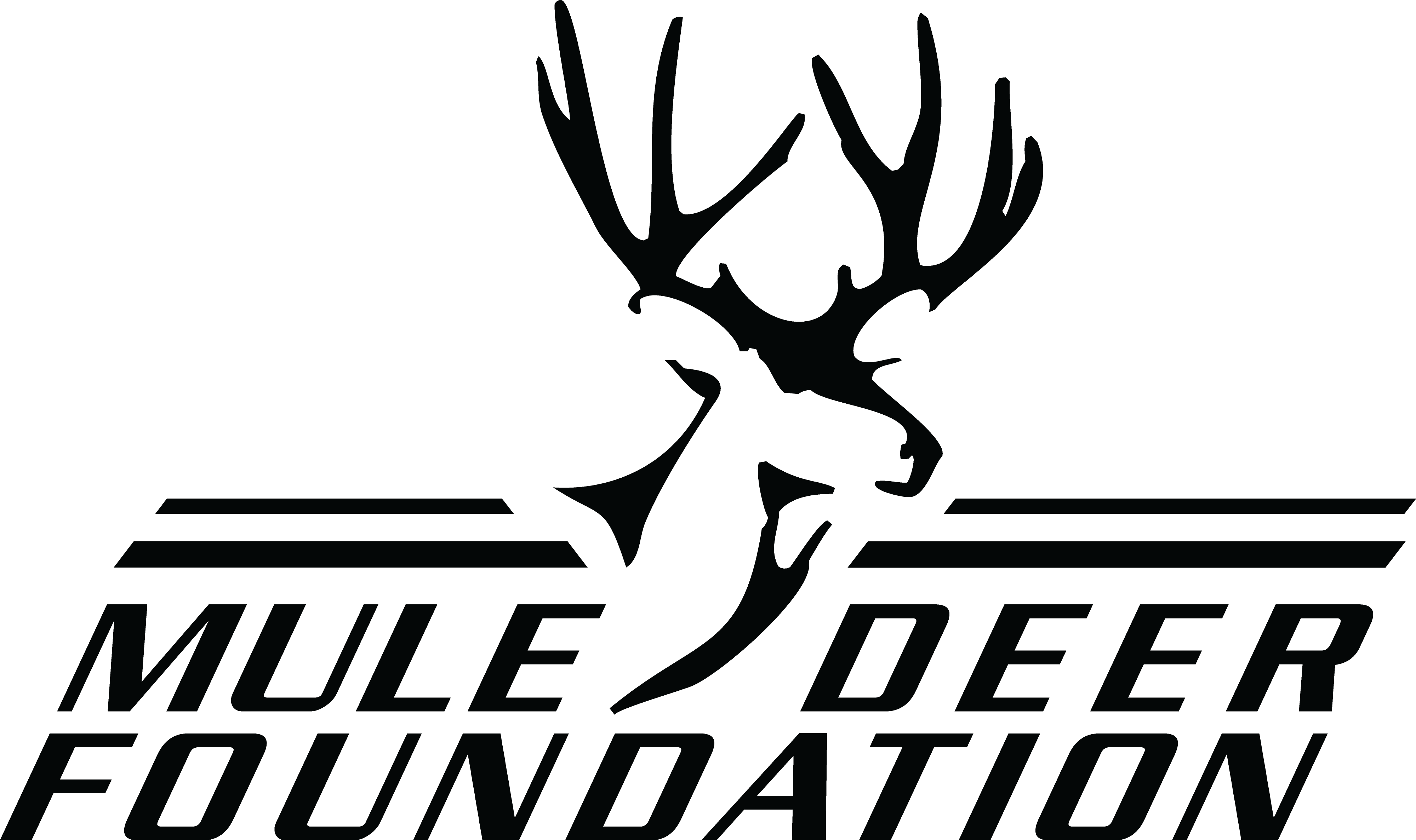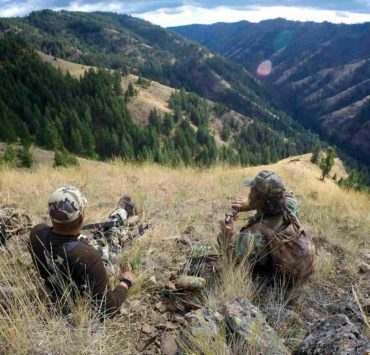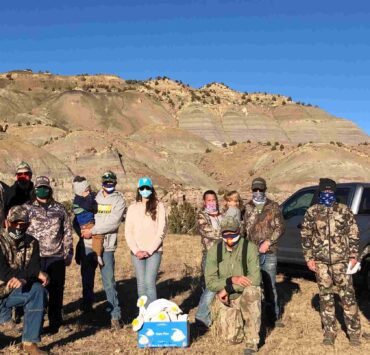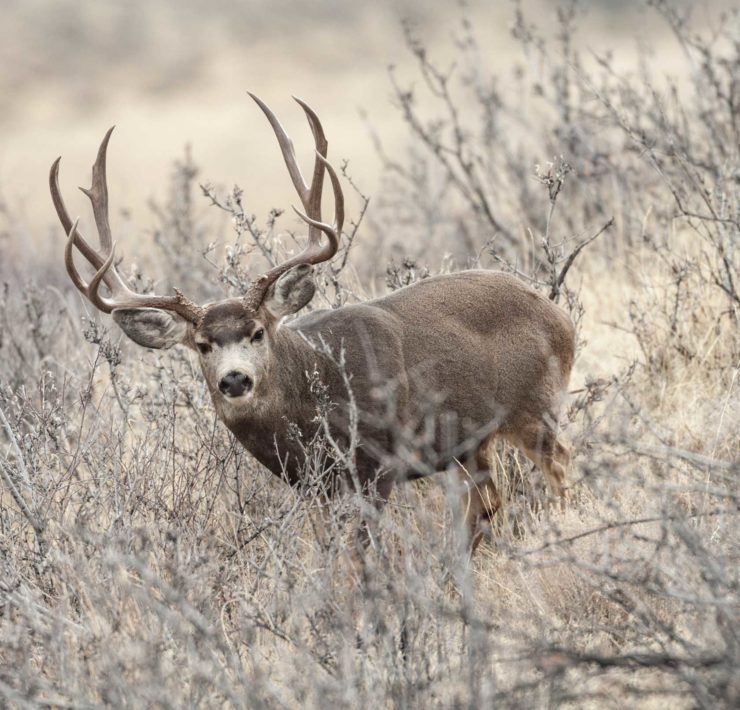Arizona State Spotlight
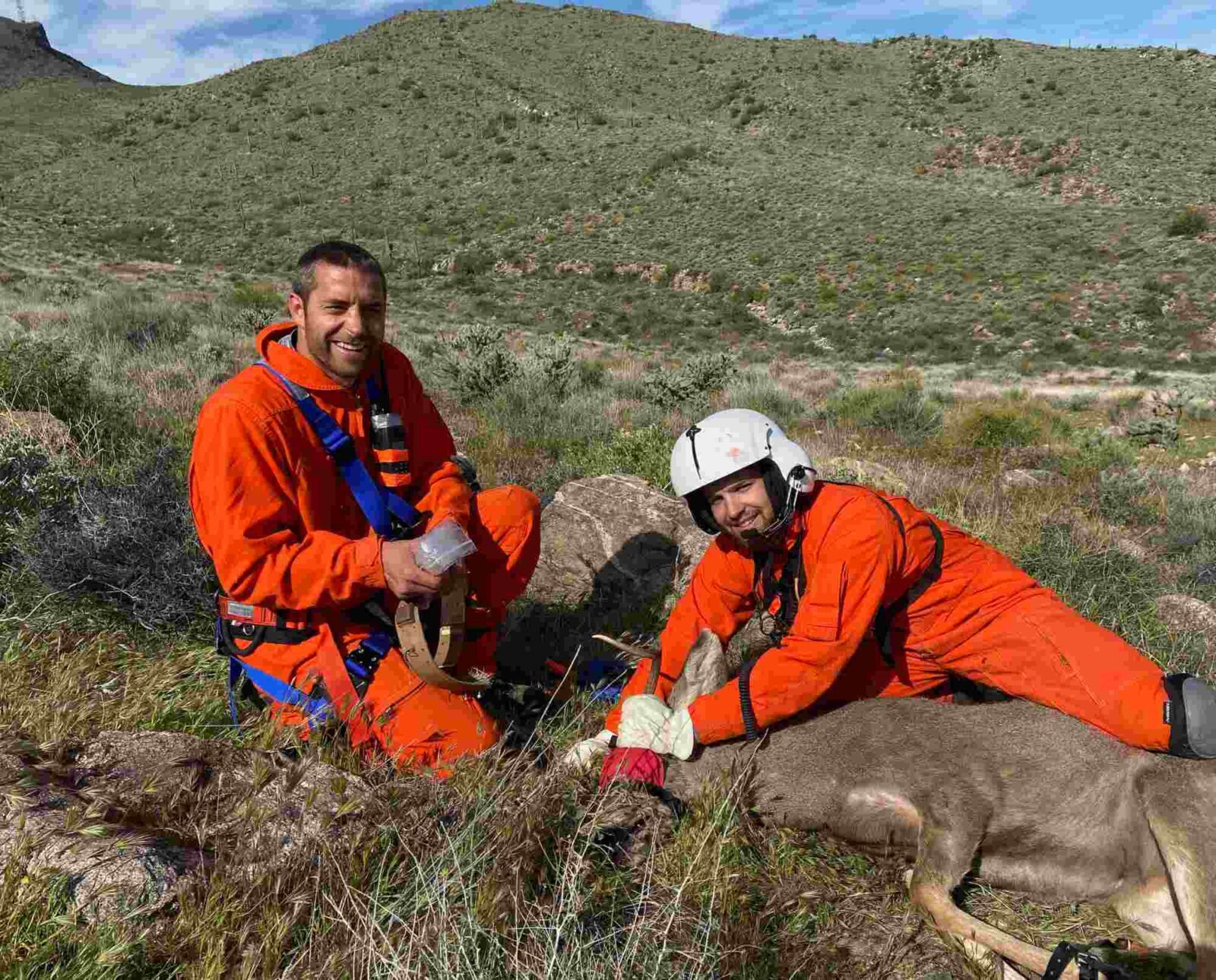
The Mule Deer Foundation is the only conservation group in…
Spring 2021
John Gebhart, AZ Regional Director – Conservation is absolutely alive and happening in Arizona despite the many changes we had to deal with last year. The proverbial curve balls seemed to keep coming while we were playing hardball with COVID. I would like to thank all our hard-working volunteers in each chapter for their continued support and tireless efforts to keep the momentum going in the field. In every instance of change, modification, or a complete 180-degree U-turn of what we are all used to doing, our volunteers stepped up, rolled with the punches, and we kicked some butt together. We could not have navigated 2020 without you!
Most of our annual events were first postponed, then rescheduled, then rescheduled again and again, and then cancelled or pushed to a TBD date sometime in 2021. But we adjusted our grip and pressed on, moving to social media to get the job done. Doing virtual raffles and fundraising is not near as fun as producing high-energy full-blown banquets with 200 or more of our family, friends, supporters, and volunteers… Or a Gun-A-Palooza at our favorite Bar & Grille… Or even one of our signature Gun & BOWnanza’s at a local restaurant. It has however proven to be effective, allowing us to keep in touch and engaged with our membership base to fundraise and give away some really cool prizes. Heck, we’ve had three winners of our Pick6 raffle each be able to choose up to six firearms off our prize boards. We will definitely continue the social media campaigns at least for the short term as it has been a key component in bridging the gap when we can’t have our live, in-person events.
We also had to cancel our annual youth hunting and skills camps that have taken place in the Flagstaff and Sonoita areas of our state for the last several years. To make sure we are still getting some quality time and teaching opportunities, we are currently planning some youth camps that will help prepare the youngsters for next season’s hunts. We will focus on gun safety, hunting, and outdoors basic skills including: mapping and knowing your unit’s boundaries, selecting a campsite, scouting and glassing, animal sign recognition, tracking, setting up for and making an ethical shot, tracking the animal after the shot, and breaking down the animal and preserving the meat to transport to the processor or taking it home to do some DIY processing.
We have continued to expand our base by adding chapters, members, and volunteers that will actively continue to support the ideals and efforts of MDF. We currently have active chapters spread across the state being run by their respective Chairmen and Co-Chairs: Tucson/Pima County with Michael Gebhart; Casa Grande/Pinal County with Travis and Chelsey Kading; SanTan Valley with Dan Beecroft and Heather May; Cottonwood/Yavapai County with Donn Athey and Jaysson Church; Flagstaff/Coconino county with Bob Jacobs and his daughter Julie Jacobs; and Yuma County with Donald Pelfrey and his brother Cody Pelfrey. And if that’s not already a talented, dedicated crew in some phenomenal mule deer country, we are proud to announce the most recent addition to the MDF family: It’s my pleasure to announce the White Mountain region and its Chapter Chairman Chris Lewis of Show Low Arizona and the Co-Chair Cody Gaskill also from Show Low Arizona. This chapter is a welcome addition, and we are looking forward to launching their first event in early 2021.
Migration Corridor Studies
MDF continues to support the Arizona Game and Fish Department (AZGFD) in implementation of Secretarial Order 3362 (SO3362) – “Improving Habitat Quality in Western Big Game Winter Range and Migration Corridors.” Through SO3362, AZGFD received $646,000 to support big game movement research and $704,000 for habitat improvement projects within priority areas. The research funding has allowed AZGFD to deploy GPS collars on 171 mule deer across four study areas. In 2020, many GPS collar redeployments (from collared mule deer that were harvested or died of natural mortality) were completed, as well as 70 additional GPS collars throughout central and southern Arizona. Currently, the GPS collars have logged more than half a million locations and when the research projects are complete there will be well over one million deer locations. This data helps guide habitat projects and management within mule deer migration corridors and winter range.
MDF’s Cooperative Mule Deer Biologist, Lucas Olson, analyzes and maps the GPS collar information, representing AZGFD on the USGS Corridor Mapping Team (CMT). The CMT was created out of the USGS Wyoming Cooperative Wildlife Research Unit in response to SO3362 to provide technical support to states to analyze and map GPS collar data. In November, the USGS released a final report on corridor mapping titled, “Ungulate Migrations of the Western United States, Volume 1”. The report includes four mapped big game corridors in Arizona including the Kaibab and San Francisco Peaks mule deer herds. Volume II of the report is expected to be released in 2021 and will include updates to existing big game corridors as well as new corridor information. Complementary to the USGS migrations report was the launch of an online mapping tool (westernmigrations.net) where big game corridor information can be plotted and viewed.
Habitat Improvement Projects
In January, MDF in partnership with the AZGFD Habitat Partnership Committee (HPC) helped allocate more than $675,000 on mule deer habitat improvement projects. A total of 26 projects were funded with benefits to mule deer herds across the entire state. The HPC funded more than $2.8 million in habitat projects benefiting all species within Arizona. The primary focus of these projects is on landscape efforts that address multiple limiting factors for mule deer in Arizona. These factors include grassland restoration, water redevelopments, and browse release.
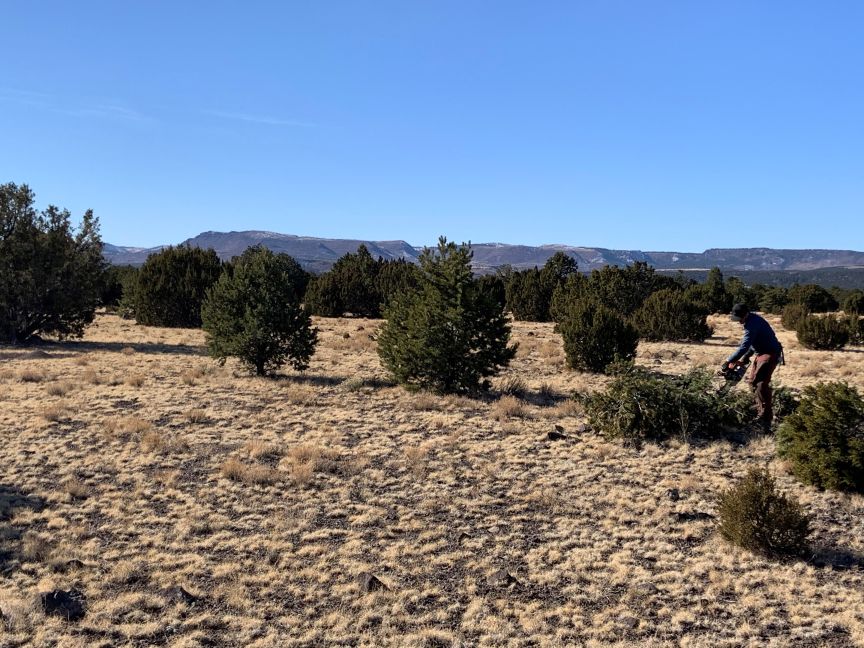
One of the projects that MDF funded for the second year was the West Escudilla Habitat Restoration Project, which is one of MDF’s Stewardship Projects in the Southwest. This project is located within the White Mountains in Game Management Unit 1, outside of Springerville, near Nelson Reservoir. This project is in partnership with the Springerville Ranger District in the Apache Sitgreaves National Forest, AZGFD HPC, and the Rocky Mountain Elk Foundation. Currently our contractors are on site removing encroaching juniper and pinion pine in historic grasslands as well as thinning juniper and pinon pine to create interspatial areas in dense woodland to promote browse species production. The method that is being utilized by our contractors is commonly referred to as lop and scatter. This method fells unwanted trees and then cuts the limbs down into small pieces and spread across the ground. This method helps to increase moisture retention and soil nutrients which is vital in these low organic soils in the desert Southwest. It also produces a microclimate for native seeds to germinate and produce forage for wildlife. These limbs also help to carry natural or prescribed fire across the landscape that will prevent reinvasion of these unwanted plant species into the project area. Our contractors are currently clearing 286 acres of juniper directly adjacent to previous juniper thinning work that was completed last year. They will then transition to another habitat block of 588 acres in which they will continue removing juniper and increasing available habitat for mule deer. Due to the hard economic impact COVID-19 has had on small businesses this year, MDF focused on hiring local contractors to implement this project. MDF has five years of planned work within the West Escudilla project area, and with our strong partnerships, we hope to continue this project well into the future.
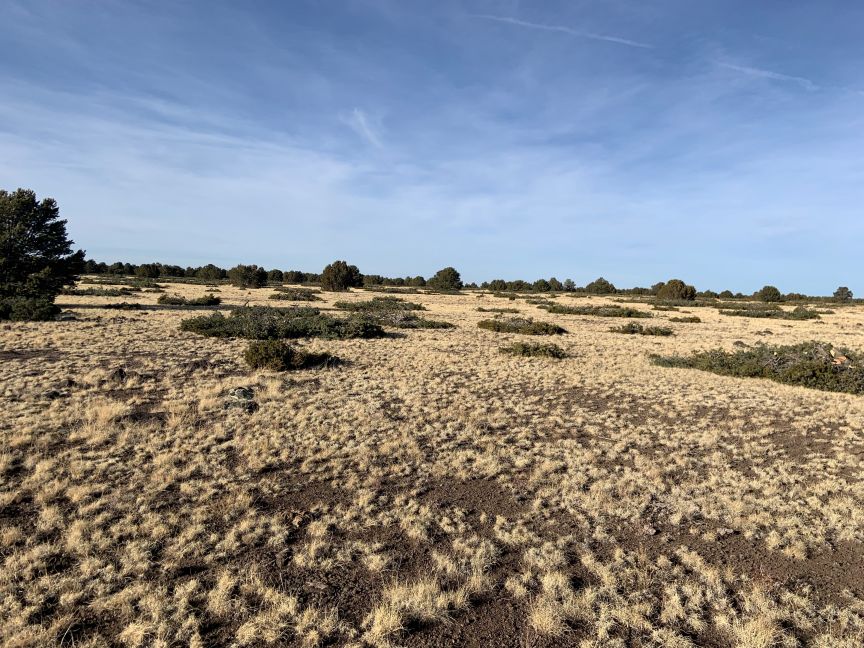
For more information on upcoming events, projects, membership or volunteer opportunities follow us on Facebook at Mule Deer Foundation Arizona, or on Instagram at muledeerfoundation_az_so.nv. I can also be reached via email at [email protected]
The Mule Deer Foundation is the only conservation group in North America dedicated to restoring, improving and protecting mule deer and black-tailed deer and their habitat, with a focus on science and program efficiency. MDF is a strong voice for hunters in access, wildlife management and conservation policy issues. MDF acknowledges regulated hunting as a viable management component and is committed to recruitment and retention of youth into the shooting sports and conservation. Get involved in your state or become a member at www.muledeer.org or call 1-888-375-3337.


